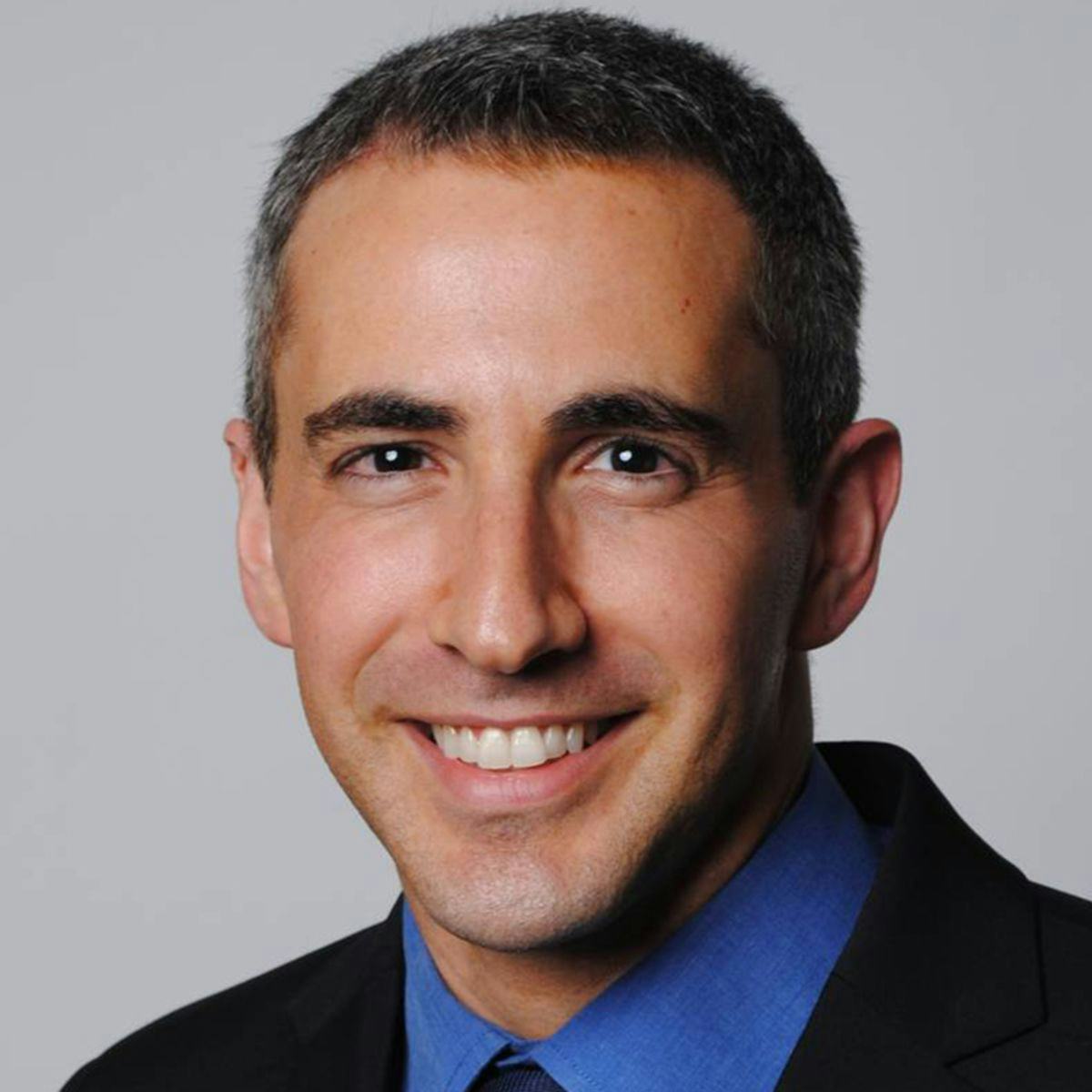Stevens Researcher Analyzes 'Safety-Net' Hospital Operations, Challenges, Medicaid Reimbursements
As national health care reform debate intensifies, new regional project targets more efficient data tools, ER procedures
Safety-net clinics, hospitals and medical centers — those that accept relatively high numbers of Medicaid patients — tend to have limited resources to devote to innovation.
Yet, paradoxically, innovation holds the key to better service delivery, patient experiences and even cost controls.
So says Stevens School of Business researcher Tal Ben-Zvi, recipient of a new Nicholson Foundation award to investigate and identify challenges in safety-net facilities — then devise potential solutions for those challenges.
Working with the Hospital Alliance of New Jersey under the first stage of a potential three-stage award, Ben-Zvi's team interviewed personnel at four New Jersey medical centers: two in urban areas and two in suburban areas.
The team identified several pervasive problems in the safety-net hospitals, including patient over-reliance on emergency rooms for primary care of chronic conditions such as diabetes, congestive heart failure or late- stage illnesses; changes in legislation that have made it more difficult for low-income patients to access specialists (who now frequently will not accept new Medicaid patients); poor communication of health information to patients; and inadequate reimbursement to hospitals from the Medicaid program after care.
Recommendations include improved data collection, new tools
Based on this early feedback, one solution Ben-Zvi's Stevens team advances is the creation of sophisticated new visualization tools allowing caregivers to monitor and analyze regional emergency-room wait times in real time — and display or recommend nearby primary-care facilities that may be more appropriate for certain medical conditions to patients.
"Hospitals can use such a tool to better predict and manage patient flow and wait times as the data builds up," says Ben-Zvi of the Stevens proposal. "Patients would know immediately their other Medicaid options in the area, and some may have significantly shorter waiting times."
His team also proposes creation of a tool known as a 'balanced scorecard' for New Jersey safety-net facilities that would factor in medical, financial and demographic information to help those medical institutions predict financial and patient-management crises before they occur.
"This platform would have the capability to set and monitor specific objectives and performance targets for healthcare organizations on an ongoing basis," notes Ben-Zvi about the recommendation. "This type of tool has already been successfully implemented by a number of government agencies, military units, corporations and nonprofit organizations."
In addition to the technical recommendations, the Stevens team will create an organizational development program aimed at disseminating best practices for state safety-net hospitals and their physicians, nurses and other personnel. One goal of that initiative is to help raise those hospitals' HCAHPS (Hospital Consumer Assessment of Healthcare Providers and Systems) scores.
The scores, derived from patient surveys, are closely tied to federal Medicaid reimbursement payments, explains Ben-Zvi. With a growing amount of revenue now at stake, hospital leaders are actively seeking to both improve their patients' experiences and boost or maintain strong HCAHPS scores.
"As the national debate over healthcare and the future of the Affordable Care Act intensifies, safety-net hospitals cannot afford further cuts to Medicaid," he concludes. "These sorts of investigations can help point the ways to reduce the cost of services while also improving the quality of care these facilities provide."



